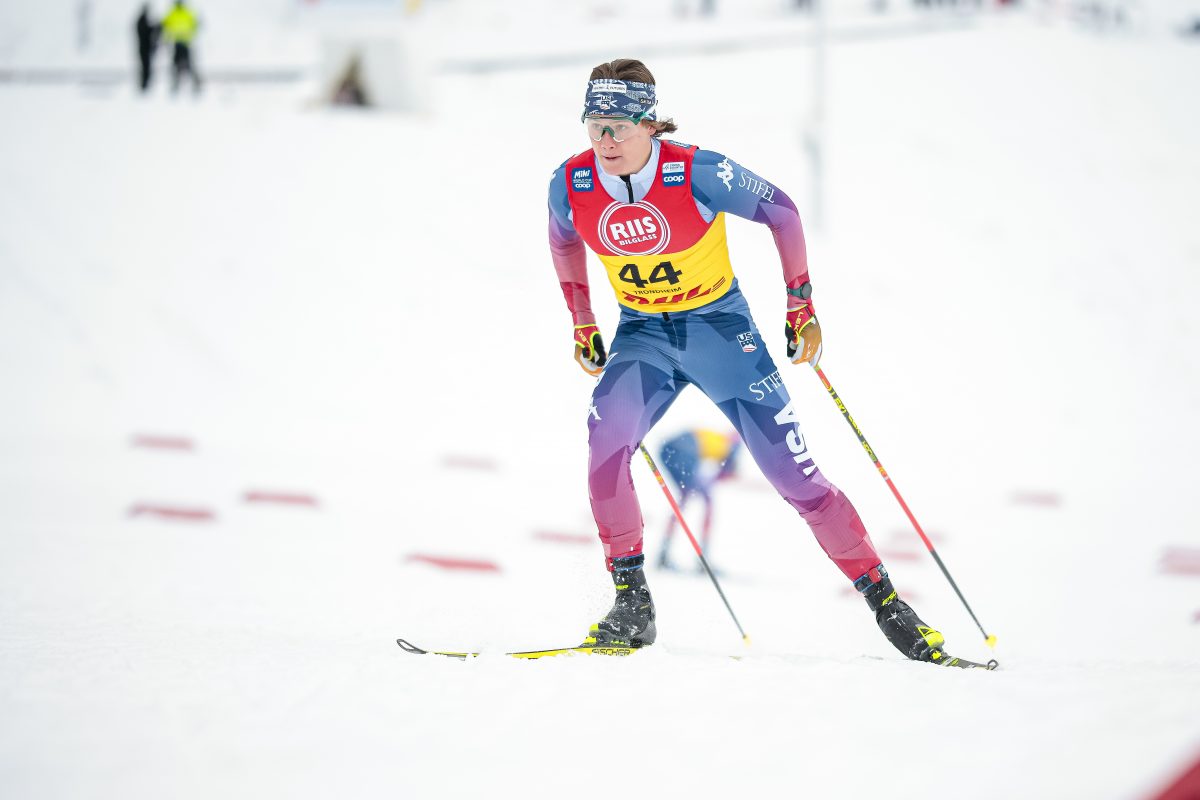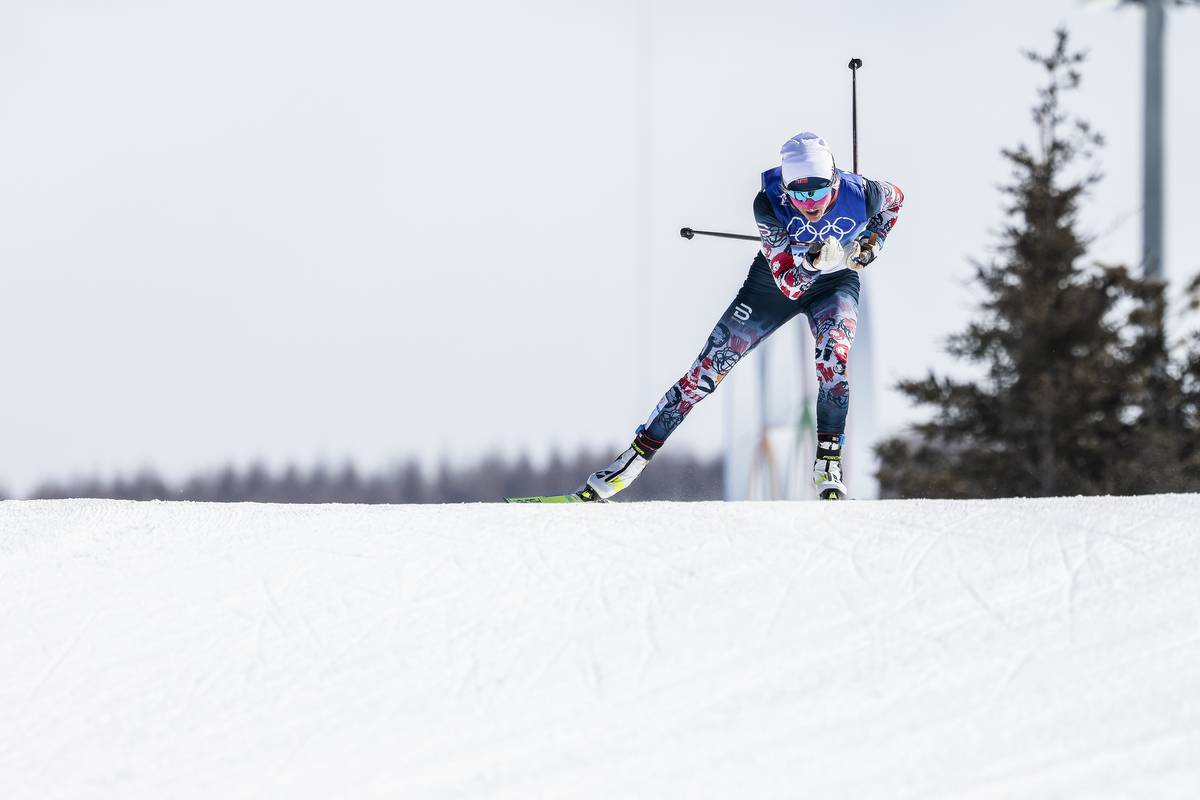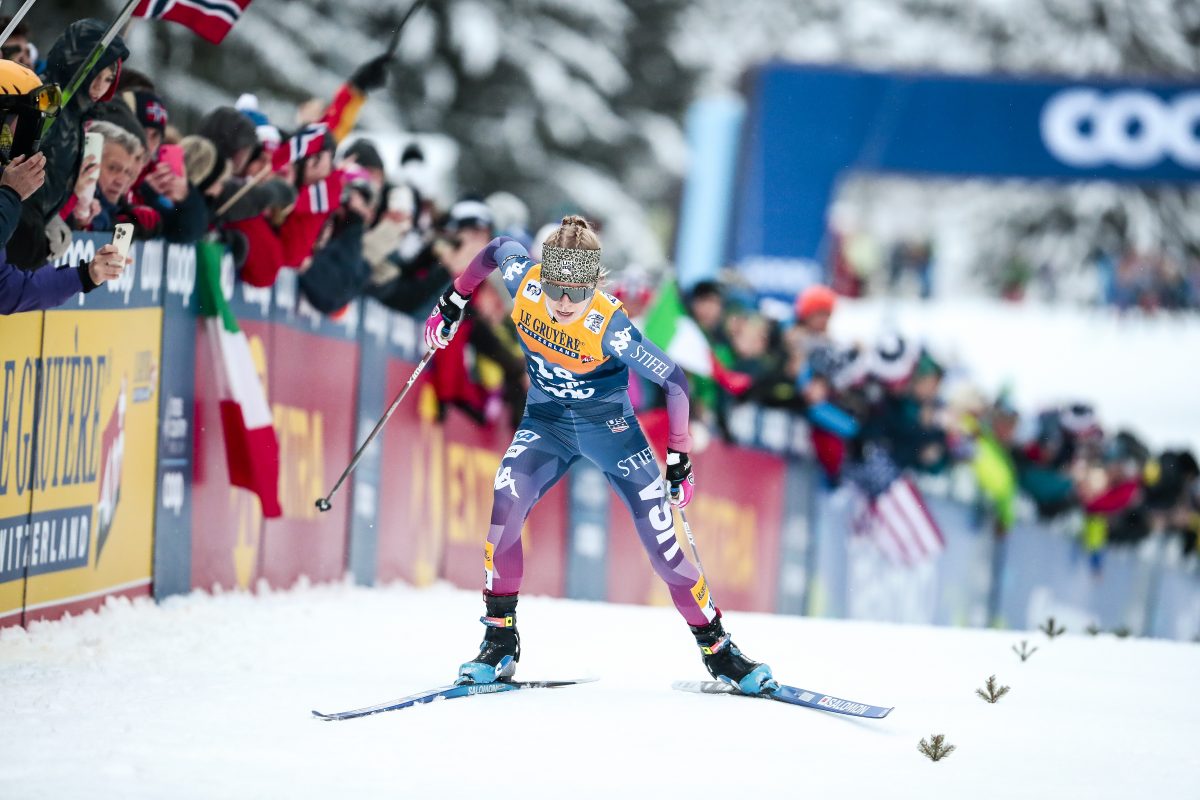Editor's Note: This article was written earlier in the fall, but is still applicable as many of us are still in the middle of the transition to skiing.
I’m sitting in my hotel room here about as far north as you can get in Finland. Sariselkaa is the place, a little town with a focus on Nordic skiing.
The conditions are terrific here, with 5km of “train†track loops that will soon be 8 km, both skating and classic naturally. The organizers seem to be a little ahead of their Norwegian counterparts in terms of having early snow. Last week 3km worth of snow, which was stored under tarpaulin and sawdust, was spread out on the trails. This is a simple and old trick that allows the snow to survive the summer and heat. That’s how simply and relatively cheaply it can be done. Many national teams come here because they know that the conditions will be good. We are planning to stay here for 14 days, thereafter travel to Beitostœlen and then back again prior to Kuusamo.
When it comes to training in this period, cool heads need to prevail to achieve a sound training plan. Sometimes it is impossible to plan more than a few days of training, because it can shift between dryland and snow. It may even be impossible to rollerski because of snow, but not yet have enough to ski on.
Those that have the opportunity to travel to snow should do this after a while, although for those of us who are citizen racers there is no reason to hurry at this point. Training and capacity are actually better sustained with good dryland training, assuming that the motivation is there. It can also be frustrating to ski lap after lap in a short and hard loop accompanied by hundreds of other desperates who are all jockeying for position and attention.
My advice is to wait until the conditions have improved sufficiently so that you can ski a few calm distance workouts in easy terrain. Meanwhile, continue with dryland training, particularly the intensity, during the week. I’d suggest using the weekends for long easy skis, and the rest of the week for normal dryland training.
Of course, if you have good snow conditions, you should do more skiing. But remember to continue with dryland training. The snow has disappeared in December more than once!
Recommendations for Training, Combination of Dryland and on Snow
Volume/Hard Week:
5 — 6 Workouts.
1:
6 x 6 min, Lv.3 (Controlled Pace). Moosehoof/ski-walking/running/rollerski. 3 minutes of rest between repeats.
2:
Strength training for those who have been doing this weekly. Train strength as previously, but move to light weights and perform the movements with greater speed and explosiveness. The goal during this period is to maintain the strength built during the fall.
3:
Quick distance ski with 20 minutes of tempo skiing in level 3/4.
In addition, try to get in two easy distance skis during the weekend of 2-3 hours. For those of you who have been training a lot, feel free to do double sessions during the weekend.
Easy Week:
4 workouts.
1:
6 x 3 min, rolling terrain, level 4.. Type of training depending on conditions. High Speed.
2:
Quick distance ski in easy terrain, preferably rollerski, level 2. Throw in some accelerations and some sprints.
3:
Strength training.
Also, one easy distance workout, running or skiing.
No need to travel to snow every weekend. That can get tiring.
Moderate Week:
5 Workouts:
1:
5 x 4 min, Level 4, recovery 3-4 minutes. moosehoofs/skiwalking or skiing if possible. Hard.
2:
Natural intervals, 30-40 minutes level 3.
3:
Strength training
Try to get in 2 over distance skis on the weekend, if conditions allow.
Remember to always do the first interval at a controlled place and easier than the rest. It can be wise to do some accelerations and quicker sections in the distance skis. This breaks up the monotony and is useful for developing the skills necessary for mass start citizen races. Changing tracks, pack skiing which causes the “rubber band effect,†and trying to break away are just some of the instances where this training can be useful.
If you are rollerskiing, double poling should be a priority during this period.
Skiing without poles can be worthwhile in the first couple ski sessions, as long as conditions are appropriate.
Keep in mind that training isn’t the only thing that wears down the body. Also remember to vary your training to avoid overuse injuries. Spinning is a good alternative and is auseful for recovery after pretty much every workout. Another option is skiwalking on a tread mill with a steep gradient. This is a good option because you avoid running and don’t have to deal with downhills either—everything is uphill!
One thing is certain: If you train effectively you’ll improve. If you train badly, you’ll improve less. The choice is simple if you want to be competitive.
Steinar



